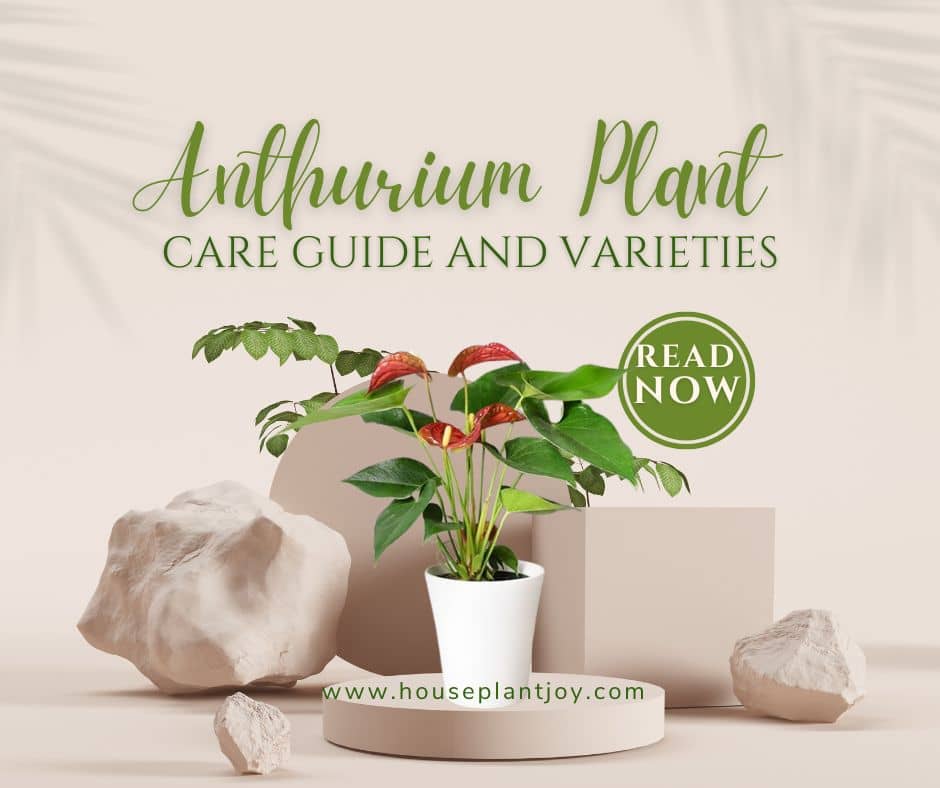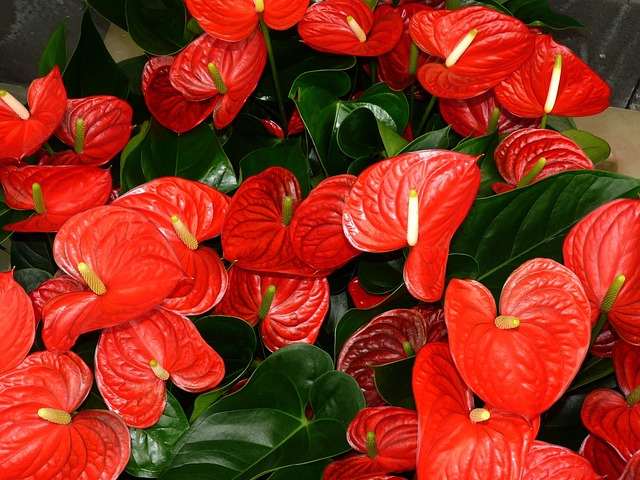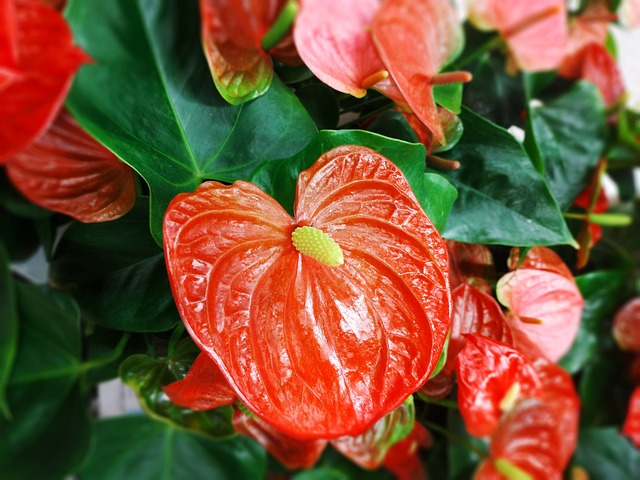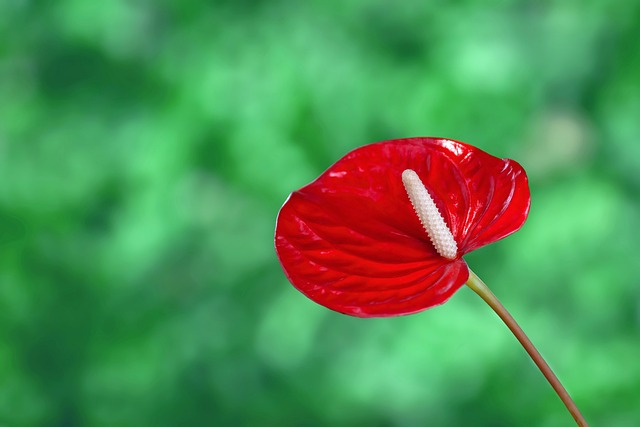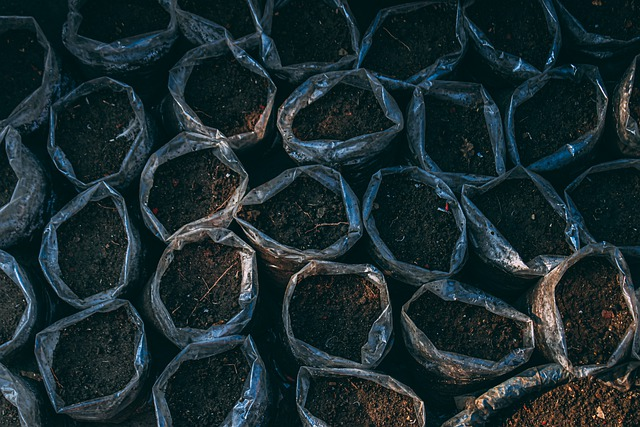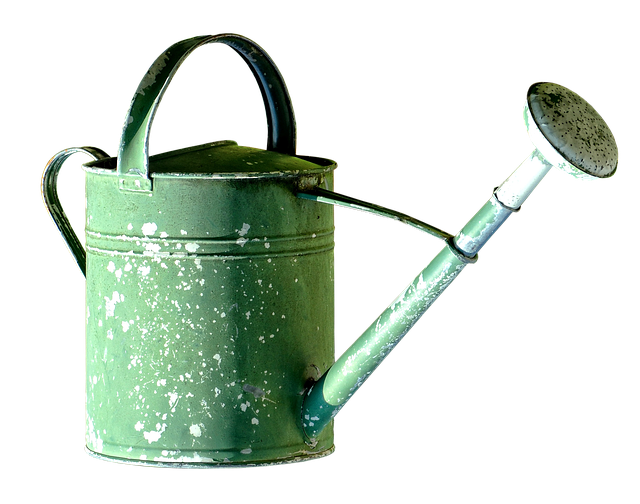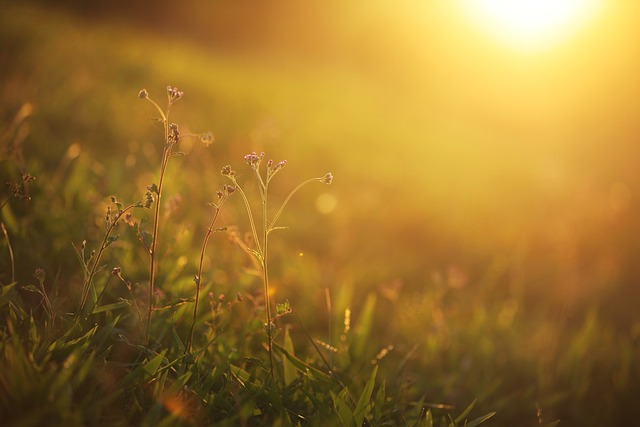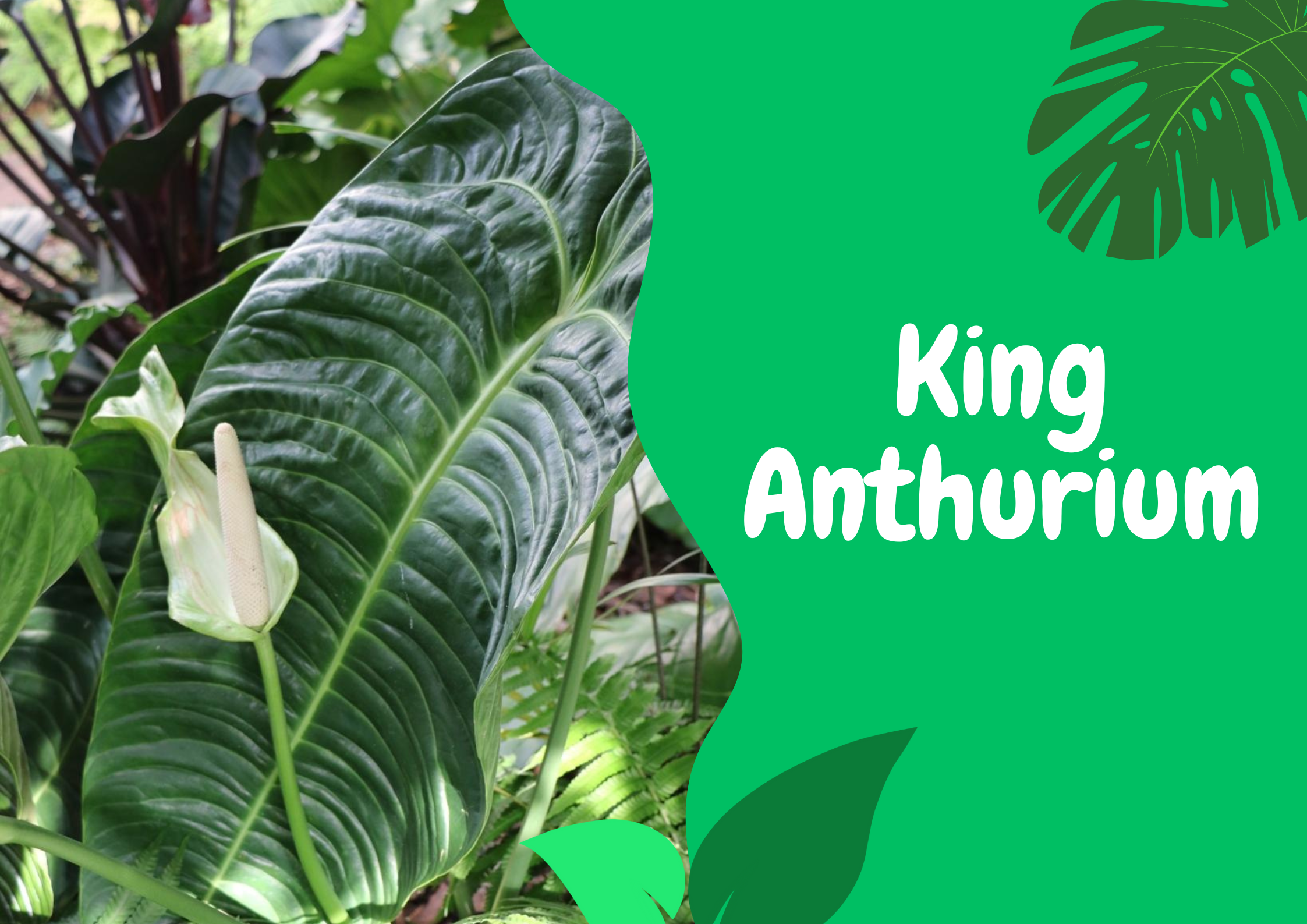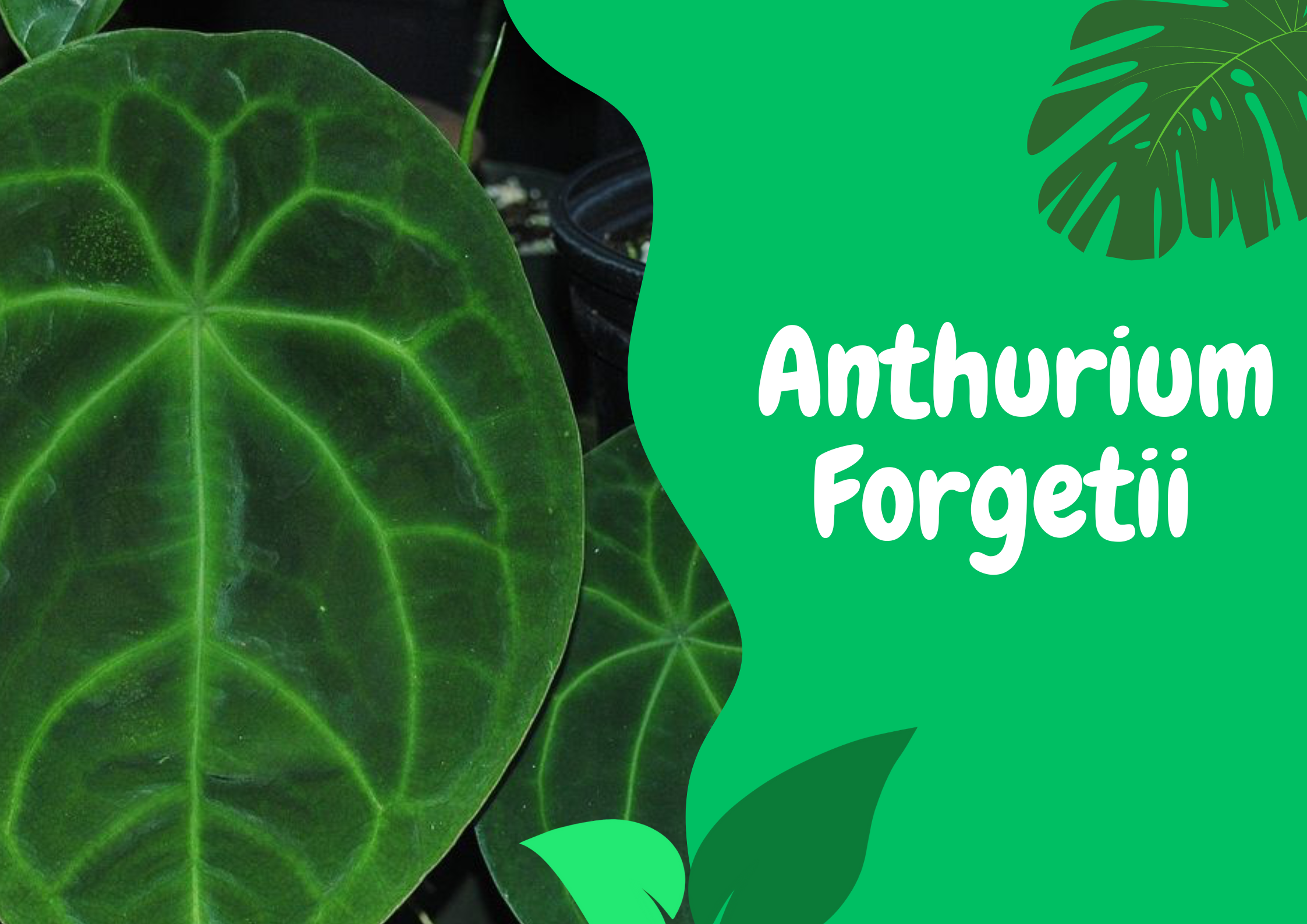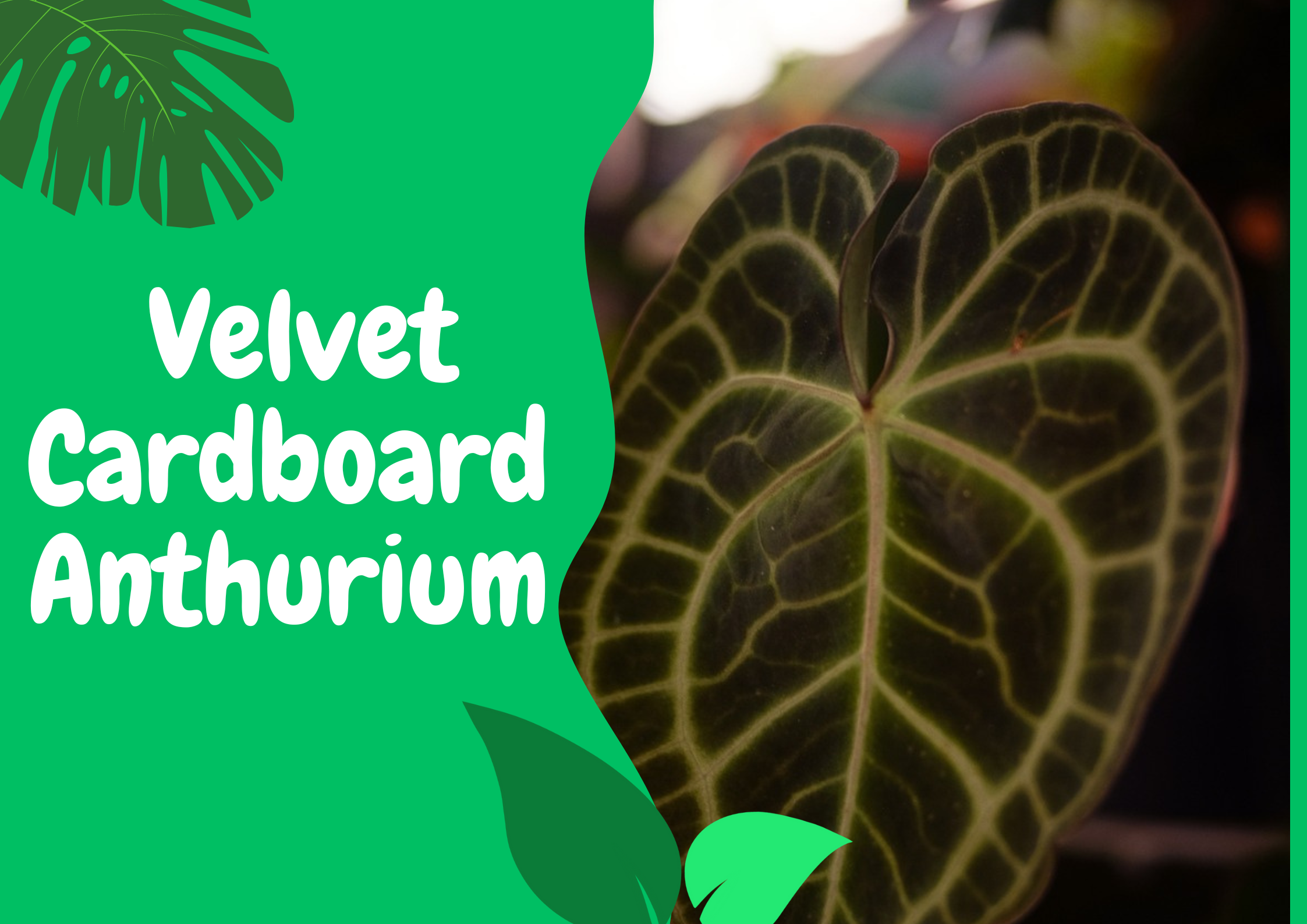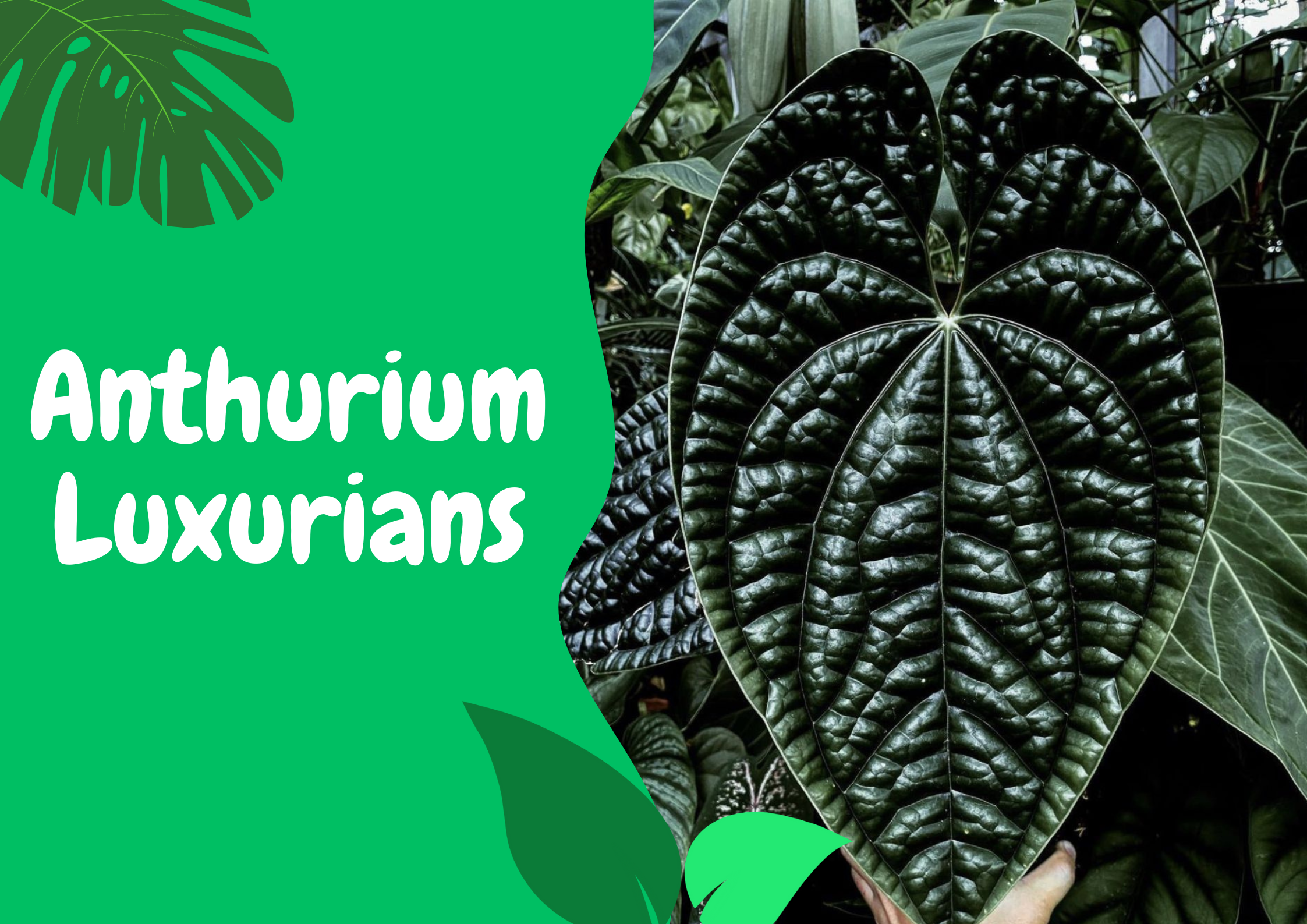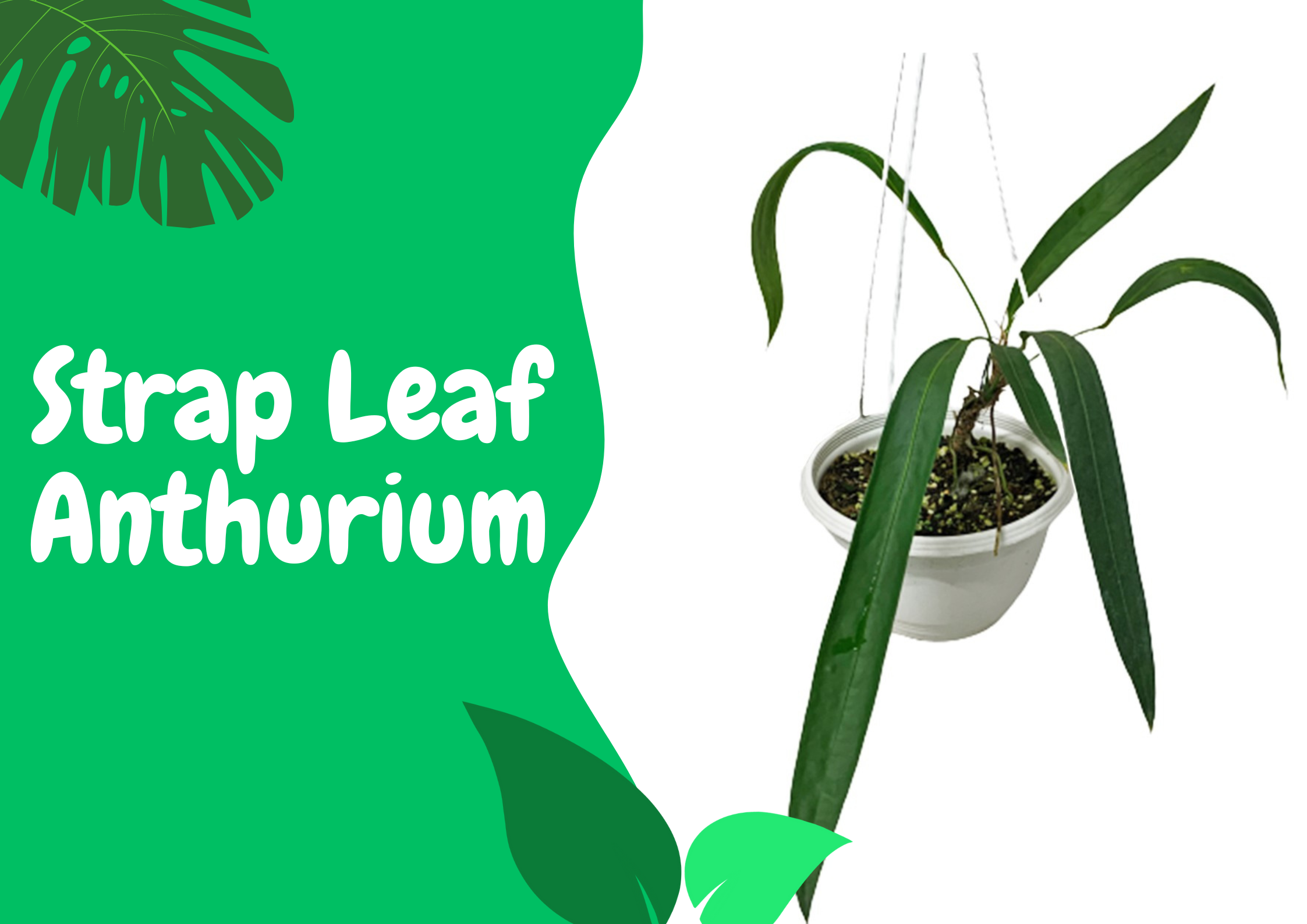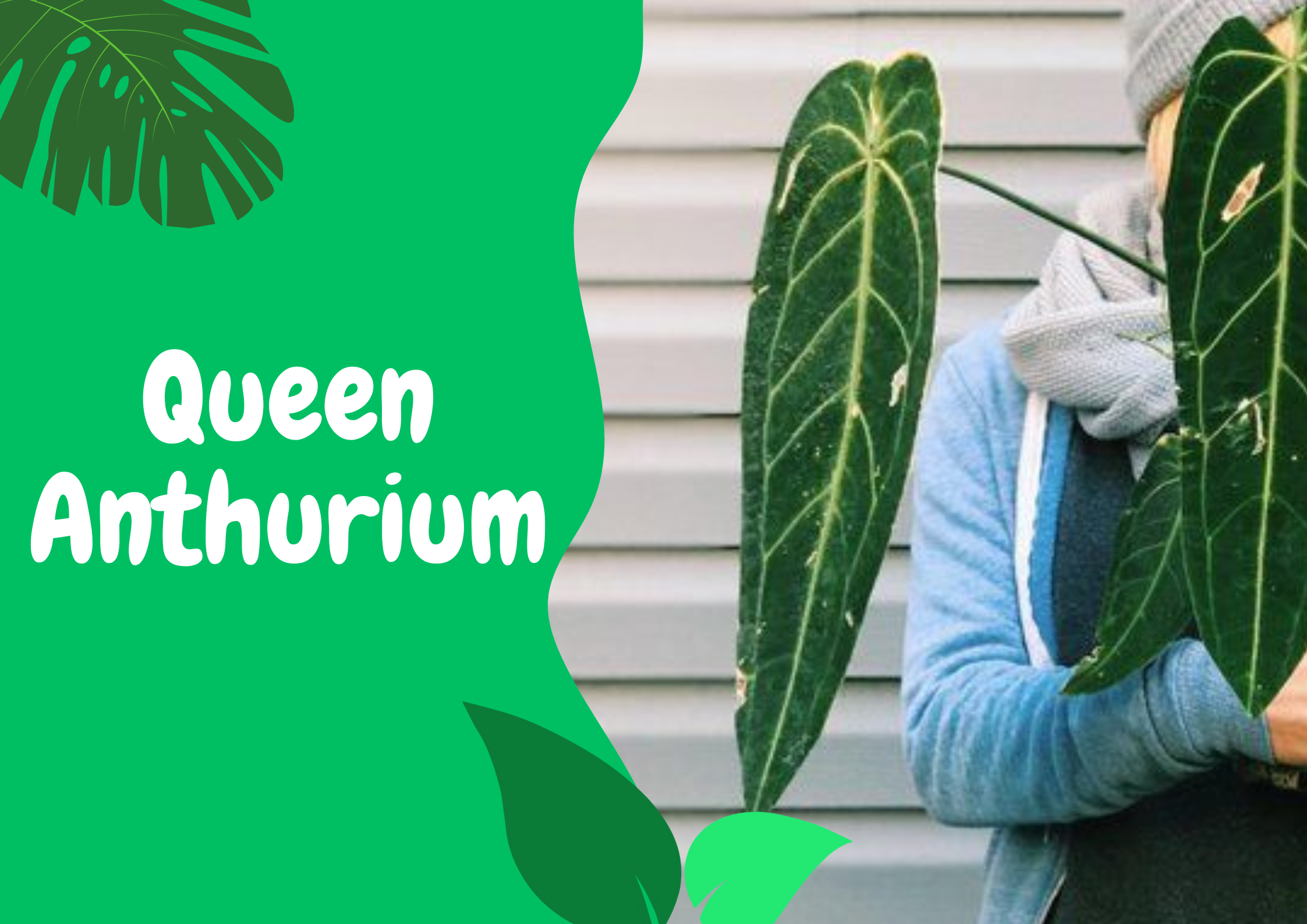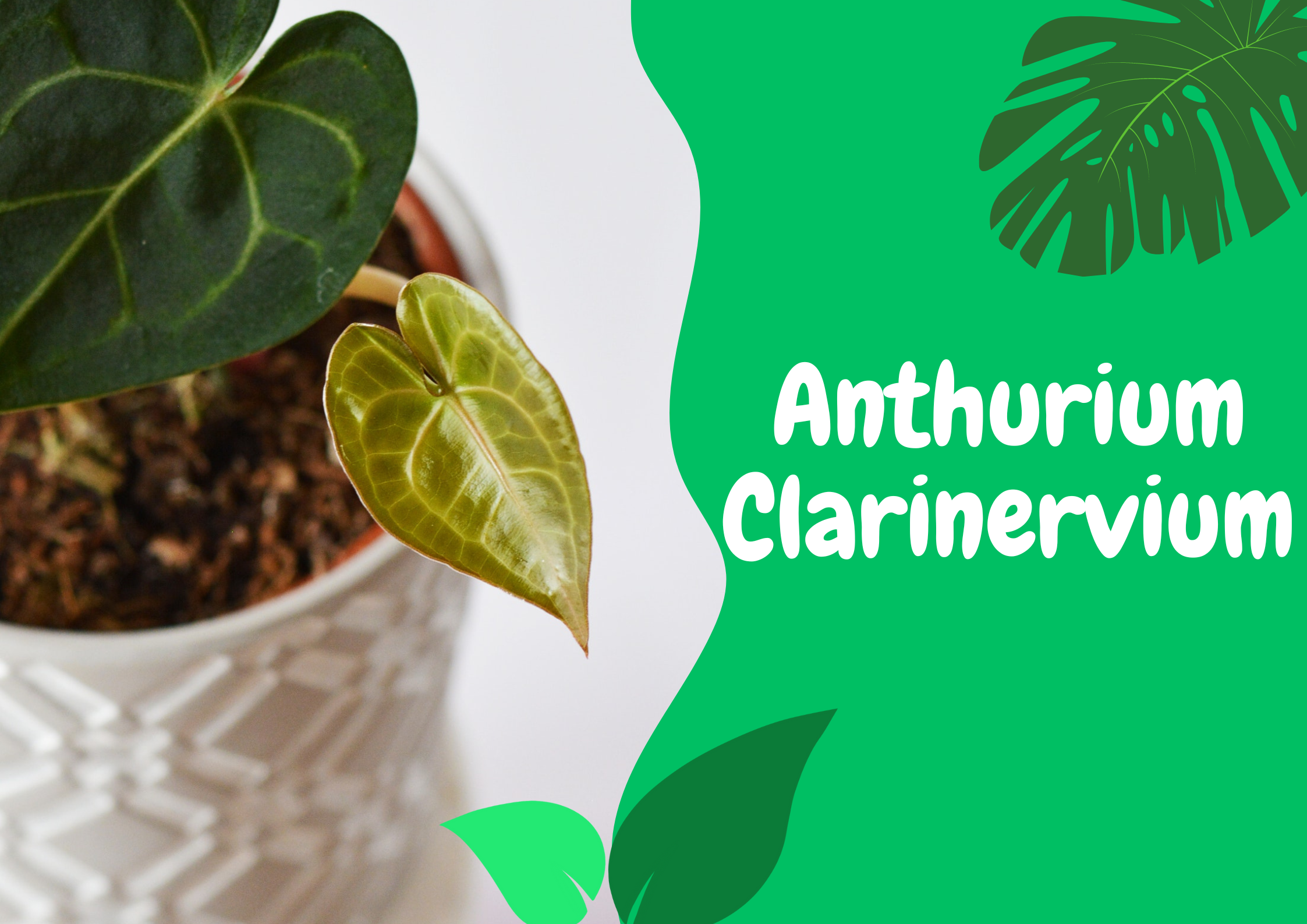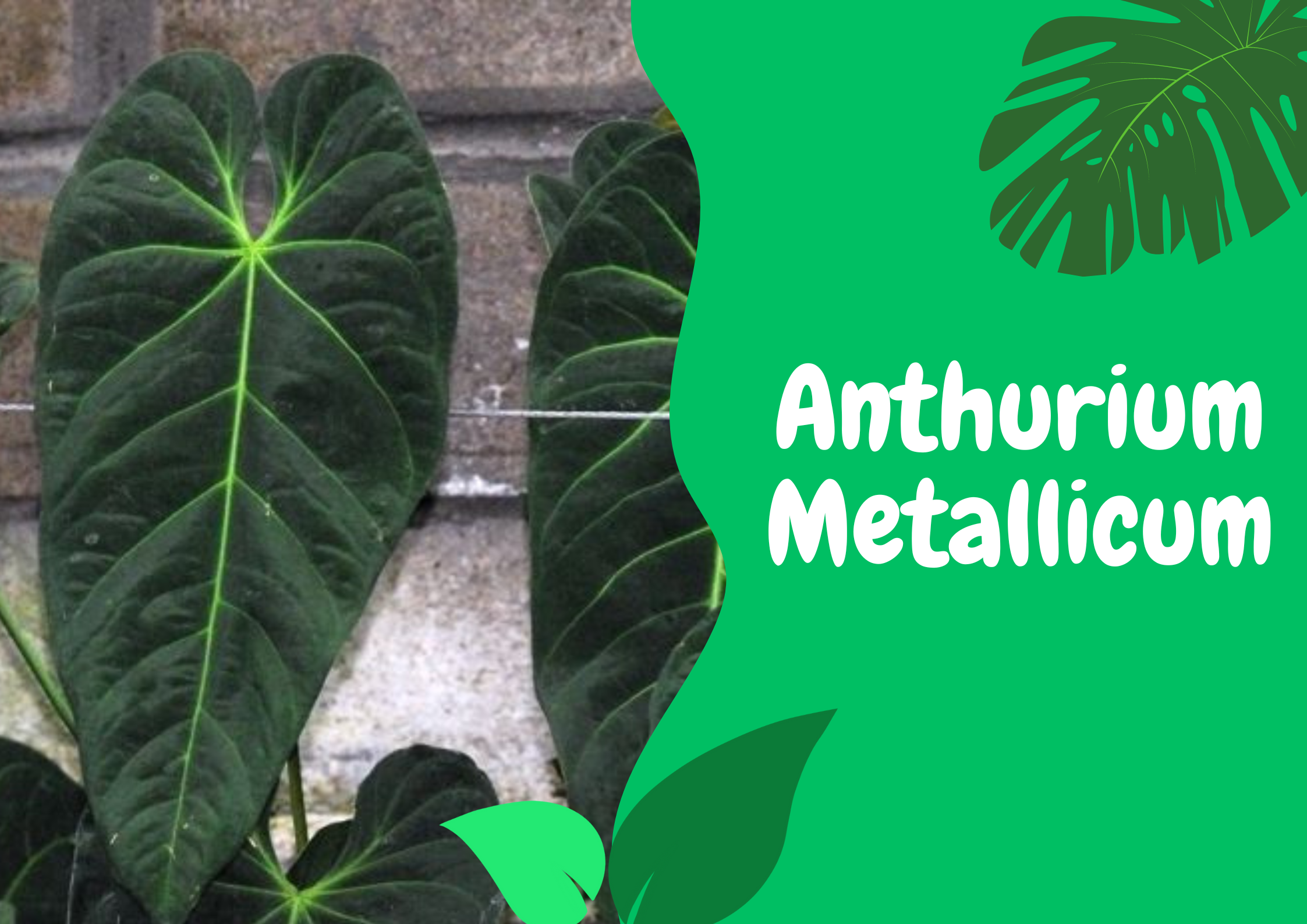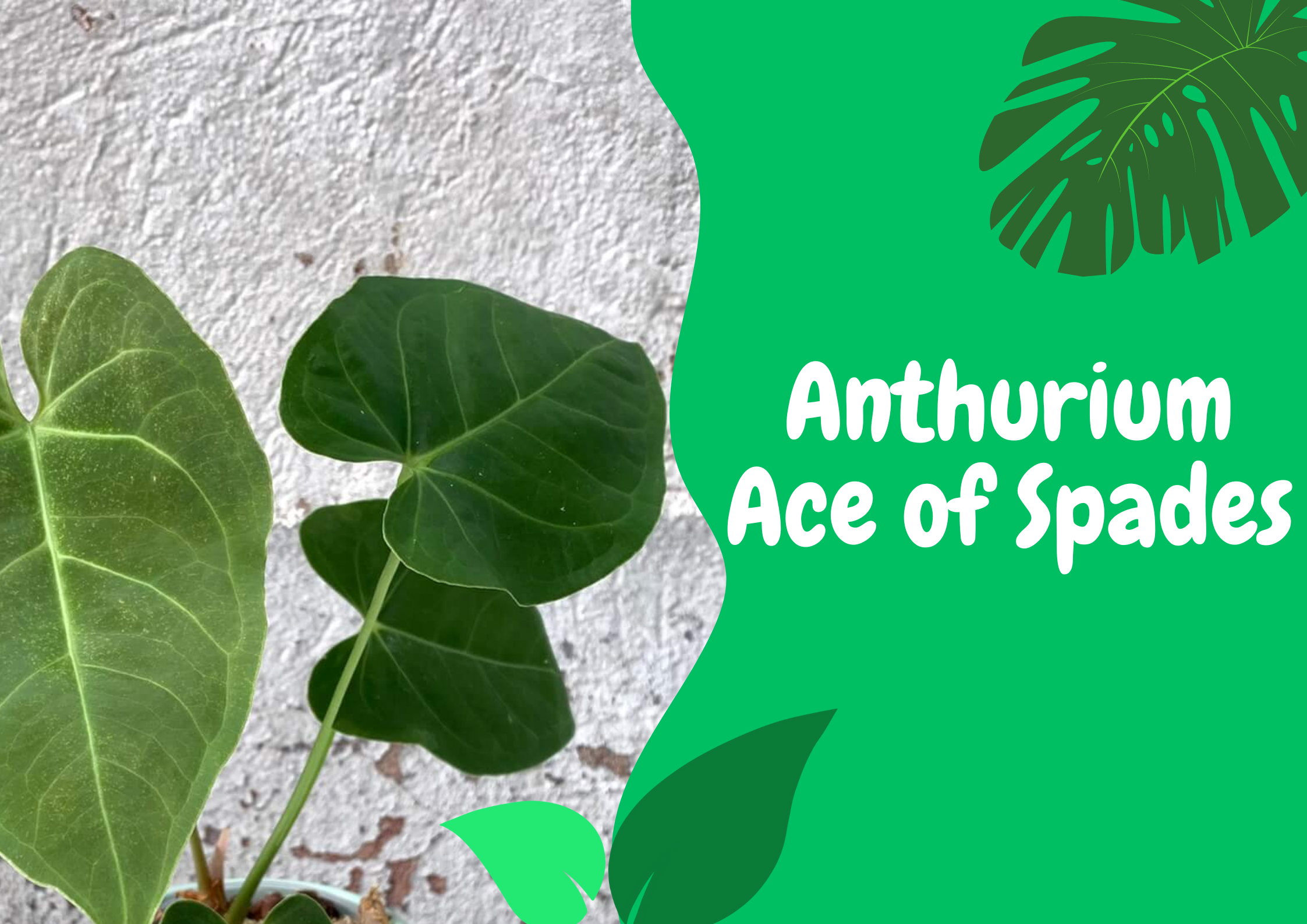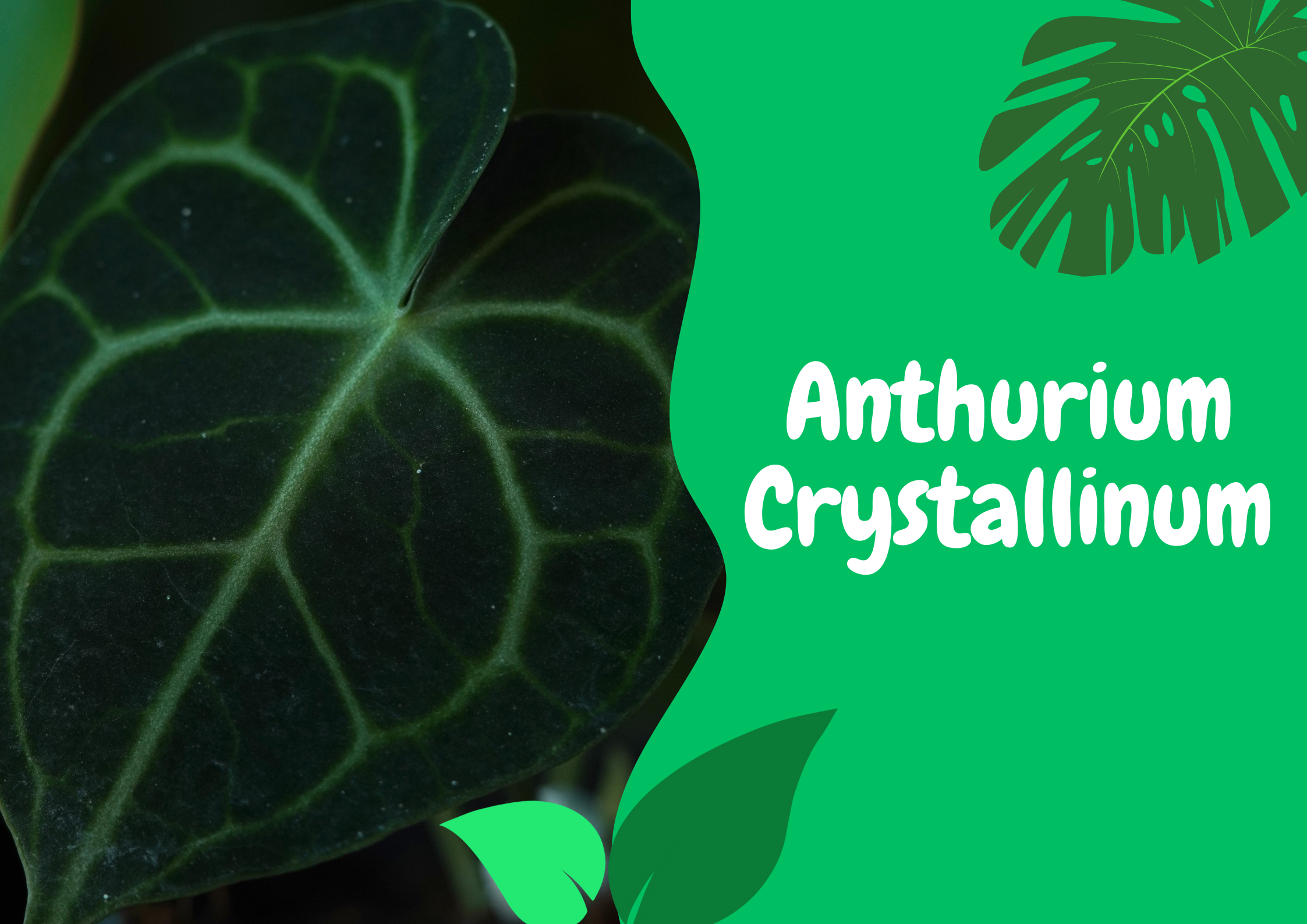HousePlantJoy is supported by our audience. When you purchase through one of our links, we may earn a small affiliate commission. As an Amazon Associate I earn from qualifying purchases. Your cost is not affected.
==================
Let’s talk about the Anthurium plant! These cool plants originally come from places like Central America, South America, and the Caribbean. While they could chill outdoors in warmer spots, they often prefer the comfy indoors. How they grow depends on how much light they get – not too much, not too little. Some folks call them flamingo flowers because they’re bursting with tropical vibes in their bright reds, greens, and whites.
These plants can flaunt their blooms for quite a while, making them awesome companions indoors. The blossoms have these neat heart-shaped parts and cool tail-like flowers in red or yellow. Others are all about their big leaves with deep lines. Some even like to climb, and they all adore humidity and warmth. Indoor anthuriums usually stick around for about five years if you give them proper care. But here’s a fun secret: if you multiply your original plant, you could have happy anthuriums forever. Yet, they can be tricky around people and pets, so handle them with care.
Anthurium Plant
Here’s a trivia for you! Do you know those lovely heart-shaped things that look like flowers on the Anthurium plant? They’re not flowers. The special part about these tough, low-maintenance indoor plants is the colorful waxy leaves. They come in red, white, pink, or purple and stick out from the bottom of the fleshy stick where the real tiny flowers are.
These indoor plants are like air plants, called epiphytes. They come from warm, tropical spots. They can grow on other plants or even in good, dark soil. That’s why anthuriums are easy to handle as indoor plants and don’t need much attention. Just use new soil with peat moss or coco coir, put them where they get bright light but not the strong sun, and let the soil dry a little between watering. If you want more colorful “flowers,” let your anthurium rest for six weeks in the winter with less water and around 60°F. If a “flower” turns green instead of the color you want, it might be a new part that got mixed up. If a “flower” looks weak, it’s probably an old one ready to disappear.
Some anthuriums are cool because of their leaves. They need almost the same care as the “flowering” ones but are fine with less light. Types like Anthurium Superbum, Water Dragon, Plowmanii, and Jungle Bush can do well even with less light.
Anthurium Plant Care
Anthurium plants are like sunshine lovers, but not the strong kind. They’re all about bright, but not super bright light. Direct sunlight? Nope, they’re not fans, except during winter or if they’re used to it. You know, they’re chill like that. In the wild, they’re used to hanging out where it’s at least 60 degrees Fahrenheit, and the ones with fancy leaves like it even toastier. If the temperature goes lower, they might give you the cold shoulder.
When they’re in pots, they want their soil to be like that perfect balance between rich and quick-draining. Imagine soil that’s like a cozy blanket but not soggy socks. So, mix up some soil for orchids, and toss in a handful of sand and peat moss. That’s what they want.
Now, here’s a funny thing: some anthuriums are like tree climbers. Back in the wild, they’re the ones who grow on other plants instead of sitting in the dirt. Support them by being wingmen with small sticks or mini trellis. It’s like helping a buddy reach the cookies on the top shelf.
Humidity and Temperature
Anthurium plant is a plant that is home in tropical areas. So, if you want them to be happy, try to make things feel tropical for them. They’re into high humidity, like the kind you feel on a warm and humid day, and they prefer it when things are between 65 and 85 degrees Fahrenheit. They’re all about that cozy warmth. And if you’re thinking about putting them outside, they’ll do well in zones 11 to 12. But they might not make it if it gets colder than 40 degrees Fahrenheit.
Now, if you’re in a place where the air feels more like a desert or during those chilly winter months when things dry up, you might want to give your anthurium some extra moisture. Think of it like giving them a little misting shower daily to keep them feeling good. And if things are really dry, you might need to bring in a humidifier to keep the air comfy for them.
Best Soil Preference
Anthuriums like soil that’s not too tight and lets water go through easily. You know what’s great for them? Mix up soil like the one for orchids, but add some sand and peat moss. That’s their ideal soil.
Watering Anthurium Plant
Keep the soil a bit damp, not bone-dry. Put the pot in a tray with rocks and water. This way, the plant can drink what it needs, and the air around it stays cozy. Wait until the soil on top feels dry before you water it again. Inside, that’s like once a week. If it’s hanging outside and hot, you can wait two or three days between watering.
Light for Anthurium Plant
Whether you have an anthurium plant indoors or outdoors, they’re fans of sunlight rather than shade. They thrive when they get a good dose of bright but not blazing light. Just remember, don’t let them get too much direct sunlight. It’s like giving them a sunbathing session without the harsh rays.
Anthurium’s Fertilizer
Using liquid fertilizer is a good idea for your anthurium all the time it’s growing. Choose one that’s high in something called phosphorus. Mix it so it’s not too strong, like making it just one-fourth strong. Feed your plants every week with this mixture. The phosphorus-rich fertilizer will help make your anthurium bloom with flowers. You can think of it as giving your plant a small meal every week, not a big one, to keep it strong and happy.
Is it Possible to Grow Anthurium from Seed?
You can grow anthurium from tiny seeds, but it’s a slow ride. It might take around four years to see flowers, so if you’re after quick colors, it might be something other than your thing. For this kind of seed, the best dirt is damp vermiculite. Push the seed gently into the vermiculite, about an inch away from each other. To make it grow faster, cover it with a clear plastic bag. Put it near a window, but not in direct sun. If the plastic gets water drops on it, open it a bit. The plant needs to breathe, you know. Once you spot new leaves, it’s time to take off the plastic cover completely.
Pruning Anthurium
When a plant’s leaves look sad or droopy, it uses its energy to fix them. Remove the droopy, brown ones to help your plant grow new leaves and flowers. If they’re hard to pull, you can use special hand pruners that are clean. Cut off flowers that look old by snipping them from the bottom. If you want the plant to make seeds, you can leave old flowers for a bit.
Take a bit of time to shape your plant. Trim leaves or parts that make it look messy. But don’t cut off too many leaves – always leave three or four behind.
Potting and Repotting Anthurium Plant
When your anthurium plant’s pot starts filling up with roots, and you see those extra air roots popping out, that’s your signal to give it a new home. This usually happens every couple of years. So, get a pot that’s a little bit bigger than the one it’s in, but don’t go more than 2 inches bigger.
Now, think about how you treat your plant with water. If you’re the type who loves watering a lot, go for a clay pot. It lets excess water escape. But hey, if you’re more on the forgetful side when watering, grab a plastic or ceramic pot. They hold onto moisture better. Oh, and no matter which pot you choose, make sure it’s got those holes at the bottom so water doesn’t get stuck.
Alright, it’s time to do the pot swap. Put about a third of the new potting soil into the fresh pot. Then, gently place your plant on top of that soil and add more around the base until it’s at the same level as in the old pot. As those new air roots rise above the soil in the next few weeks, sprinkle more soil around them.
Propagating Anthurium
Anthuriums show they’re ready to make new plants by growing “air roots.” These roots are big and bumpy, popping out from the stem above the soil in the pot. This can happen at any time of the year. If your plant has stopped making flowers or doesn’t make them as much, making new plants’s a good idea. You can do this by cutting these air roots or pieces of the stem.
Anthurium During Winter
Anthuriums can’t handle cold winters outside in places that aren’t tropical. If you usually keep your plant outdoors, bring it inside when it goes below 60°F (15.5°C). Inside, the plant likes a sunny window, warm temperatures around 75°F (24°C), and humidity. Putting it in a bathroom works well for the plant.
Pest
These plants can get common pests like mealybugs, spider mites, whiteflies, and scales. If you see distorted leaves and ants on your plant, there might be aphids around. Spider mites can make leaves look yellow with spots, while thrips and mealybugs also mess up leaves. If these bugs stay on the plant, leaves will become weak, no new growth, and bugs will die. You can spray pests away with water or use natural soap or oil sprays to remove them. Horticultural oils and soaps work well for this.
Anthurium Varieties
King Anthurium
Anthurium Veitchii (pronounced VEET-chee-eye), also called the “King Anthurium”, is a beautiful plant from Colombia. It’s big and grows on trees, not in the ground. The leaves can be 4-6 feet long if it’s happy.
The name “veitchii” is a nod to a Scottish plant expert named John Veitch. He brought lots of exotic plants to Europe.
Anthurium Forgetii
This plant is from Colombia and grows slowly, so it’s nice for small spaces or if you already have many plants. It comes in different types: one with green leaves, one with very dark green leaves, and one with silver lines.
But hey, it’s a bit picky, so try it if you know your plant stuff. If you’ve taken care of anthuriums or similar plants before, you might handle it well.
If you do it right, Anthurium forgetii will give you cool leaves that stand out wherever you put them.
Velvet Cardboard Anthurium
Among indoor plants, Anthurium Clarinervium stands out with its beautiful looks. People find its big heart-shaped leaves and lovely veins so amazing they call it the “velvet cardboard” anthurium.
This anthurium plant comes from the tropical forests of Chiapas in Mexico. It’s part of the Anthurium family, which has around 1000 different types.
If you’re new to indoor gardening, the Clarinervium Anthurium might be a bit tricky. But if you follow its needs and rules, taking care of it should be simple.
Anthurium Luxurians
This beautiful tropical plant grows in Colombia’s rainforests near streams. It’s cute, with deep veins and short stems, perfect for indoor decoration. Its textured surface makes it shine more than other Anthuriums.
When it’s young, the leaves are light green. As it grows, they turn dark green or almost black. This looks awesome in white or neutral rooms. Like a diamond cut, the leaves are bullet-shaped and rough, with raised blades between the veins.
The leaves change color from light to deep green to almost black. The plant is about 15 inches tall, with leaves that spread up to 23 inches long.
Strap Leaf Anthurium
Strap leaf anthuriums or pendant anthuriums are a great addition anywhere. With their unique long leaves, these plants bring a touch of rainforest vibe to any space.
Famous types include Anthurium vittarifolium, Anthurium pallidiflorum, Anthurium pendens, Anthurium wendlingeri, Anthurium friedrichsthalii, and Anthurium gladiifolium.
Pendant anthuriums are plants whose tips always grow downward. They’re rare and hang from trees in the rainforest. Their leaves look like ties and are awesome when hanging on shelves. These plants are quite easy to care for and instantly make a room look stylish.
Queen Anthurium
Meet the Queen Anthurium Warocqueanum – a tropical plant that’s elegant and demanding attention. Its lush leaves and sophisticated look make it a favorite among plant enthusiasts. This Anthurium is rare and comes from the Colombian rainforests. It’s part of the Araceae family, known for heart-shaped leaves and climbing growth.
Anthurium has about 1,000 species, and the Queen Anthurium is one of the most loved.
Its long, velvety leaves can grow up to 6 feet long and 10 inches wide. They’re dark green and glossy. The plant also has a unique flower structure with a spadix and spathe, coming in green, white, or maroon.
This Queen Anthurium is a perennial from Colombia’s tropical rainforests. In the wild, it often grows on other plants and trees instead of the ground.
Anthurium Magnificum
This Anthurium plant has big, leathery leaves. They’re dark green with white veins that stand out. Some leaves even become coppery and shiny in the light.
The plant’s stems can be four-sided or shaped like a “C”.
I’ll guide you through how to make more of these plants and tell you about common issues you might face.
Anthurium Clarinervium
This amazing indoor plant has large, pretty, heart-shaped leaves in unique patterns. It’s one of the coolest plants around.
Caring for this tropical plant is easy once you learn about its natural home. I’ll show you how to grow it indoors.
Anthurium clarinervium has soft, dark-green leaves with strong veins, making it a stunning addition to any room. The heart-shaped leaves can be about 1 foot wide in their natural home, but they might be smaller when grown indoors.
Anthurium Metallicum
Anthurium metallicum is a special type of Anthurium known for its big, soft, dark-green leaves. They have clear lines and shine nicely.
To help it grow well, keep Anthurium metallicum warm most of the time. A bit cooler at night is good, and keeps the air moist.
Anthurium Ace of Spades
Anthurium ‘Ace of Spades’ is a wanted plant because its leaves are almost black and soft. The leaves start red when young, become shiny bronze, and turn velvety blackish-green as they grow. It’s a mix of plants, but we need to find out where it came from.
Anthurium Crystallinum
Anthurium crystallinum is a plant from Central and South America. It has soft, heart-shaped leaves that are dark green or reddish purple. These leaves have white veins that really catch the eye. People like to put Anthuriums in outdoor tropical gardens, but they also look great indoors in places like the kitchen, patio, or living room. Cool, you don’t need to live in the tropics to have this good-looking plant.
Anthurium Common Problems
Taking care of anthurium can be simple once you find the right balance. If its leaves turn yellow or have brown tips, it might get too much direct sunlight, so move it away from the window. Yellowing could also be due to a disease called bacterial wilt. If the leaves become floppy, a fungus called Rhizoctonia might take over the roots and stems because they’re too wet.
Anthurium is Amazing, Right?
So there you have it, a closer look into the world of Anthurium plants and how to take care of them. From their origins in Central America, South America, and the Caribbean to their vibrant and unique appearances, Anthuriums bring tropical beauty to your space. With various varieties showcasing stunning leaves and colorful blooms, these plants offer a range of choices for plant enthusiasts. Whether tending to their light preferences, managing humidity, or propagating new plants, the Anthurium care guide equips you with the know-how to keep these beauties thriving. So go ahead, bring some Anthurium charm into your home, and enjoy the journey of nurturing these captivating botanical companions.
Frequently Asked Questions
Can Anthuriums be grown indoors?
Absolutely! Many Anthurium varieties thrive as indoor plants, adding a touch of exotic beauty to your home. They enjoy the controlled environment and can be excellent decorative pieces.
What should I do if my Anthurium's leaves turn yellow?
Yellowing leaves can indicate issues such as overwatering, underwatering, or excessive direct sunlight. Adjust watering and light conditions accordingly to help the plant recover.
Are Anthuriums safe for pets?
No, Anthuriums contain calcium oxalate crystals that are toxic if ingested. Keep them out of reach of pets and children to avoid any accidental consumption.
Can I place my Anthurium in direct sunlight?
While Anthuriums enjoy bright light, they should be shielded from direct sunlight, as it can scorch their leaves. Filtered or indirect sunlight is ideal for these plants.
?Enjoy Every Corner of Your Household with Anthurium!?
?Explore the fantastic realm of Anthurium Plants through our captivating social media platforms! ?
? Connect with Fellow Anthurium owners: Join our Facebook page, HouseplantJoy, to uncover pro tips and connect with like-minded Anthurium lovers.
? Visual Treats on Instagram: Immerse yourself in mesmerizing Anthurium snapshots, reviews, and become part of the community at HouseplantJoy on Instagram.
? Pin Your Anthuriums: Discover a universe of Anthurium on our boards at HouseplantJoy on Pinterest.
? Tweets forAnthurium Enthusiasts: Stay in the loop with Anthurium trends and interact with us at HouseplantJoy on Twitter.
? Plant videos on TikTok: Short on time? Catch swift plant insights and entertainment on HouseplantJoy on TikTok.
Join us virtually, explore, and know more alongside a community that shares your fondness for Anthurium! #Anthurium #HouseplantJoy

